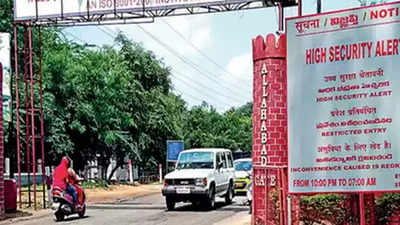- The Ministry of Defence (MoD) has proposed excising civic zones in 58 cantonments around the country and merging them with State municipalities.
- Earlier in May, the administration announced an intention to eliminate the country’s 62 cantonments as “archaic colonial legacies.”

What are Cantonments?
- Cantonments are permanent military stations that house a group of military personnel for administrative functions. The Cantonments Act of 2006 governs these territories and provides for municipal administration and oversight.
- India currently has 62 cantonments distributed throughout many states, with some regions known for having greater infrastructure and facilities than other parts of the country.
- Cantonment Boards: Cantonments are controlled by Cantonment Boards, which are democratic entities made up of members who are elected and nominated. The Station Commander of the Cantonment serves as the Board’s ex-officio President.
Historical Context
- The British passed the Cantonments Act in 1924 to govern cantonment municipal government.
- Following India’s independence, the Cantonments Act was amended to reflect the country’s democratic structure.
- The current Cantonments Act, 2006, superseded the previous version, with the goal of giving Cantonment Boards more authority and accountability.
Cantonment categories from the past
- Cantonments are classified according to the size of their populations:
- Cantonments with a population of more than 50,000 are classified as Category I.
- Cantonments having a population of 10,000 to 50,000 are classified as Category II.
- Cantonments with a population of less than 10,000 are classified as Category III.
- Industrial or training cantonments, regardless of population size, fall into Category IV.
Broader plan
- Conversion to Exclusive Military Stations: According to the proposal, military areas within all cantonments will be classified as “exclusive military stations.” The Army will have “absolute control” over these sectors, which will streamline administration and operations.
- The civilian areas of cantonments will be merged with the respective local municipalities. These municipalities will be in charge of maintaining these territories as well as providing vital services and infrastructure.
- Abandon the Traditional Cantonment Concept: Following independence, the Indian Army abandoned the traditional cantonment system, owing to disagreements between military and civilian administrations. Certain important cantonments, like as Pune Cantonment and Agra Cantonment, remained operational.
Source: https://www.thehindu.com/incoming/mod-proposes-excision-of-58-cantonment-boards-including-scb/article67116172.ece
